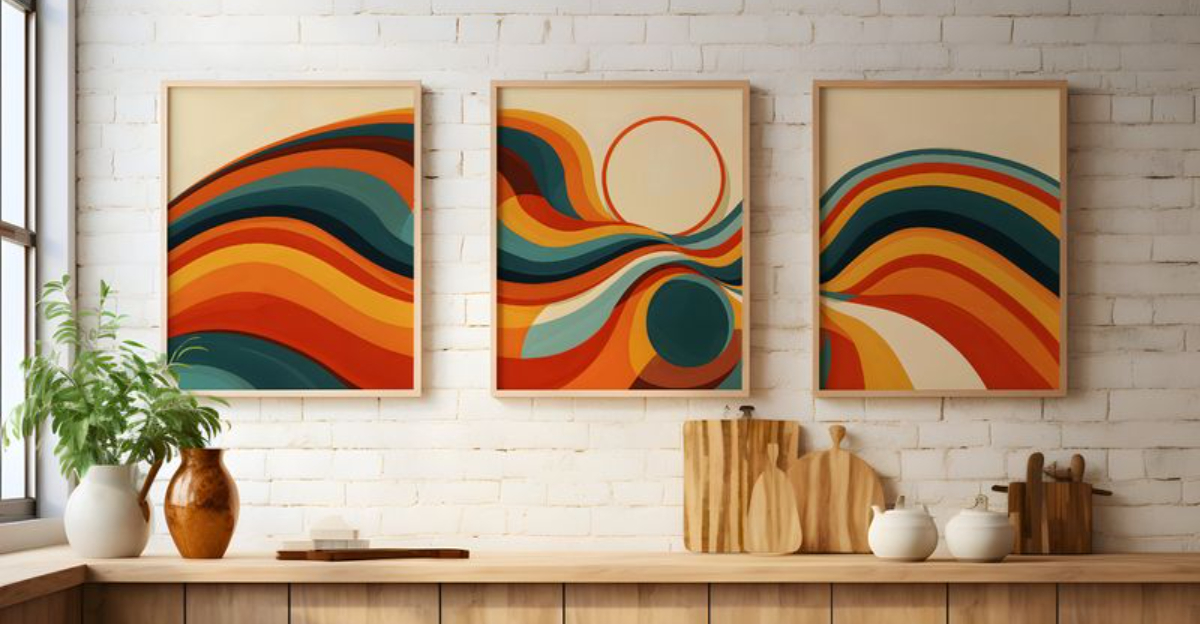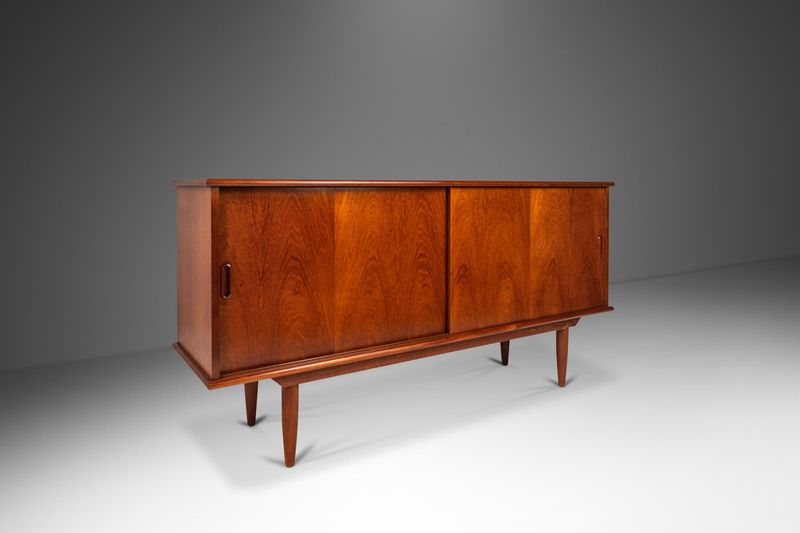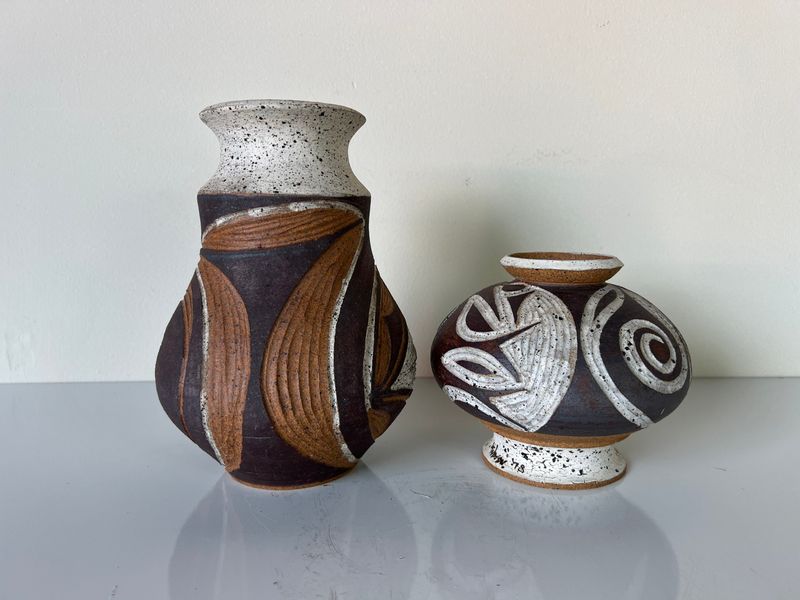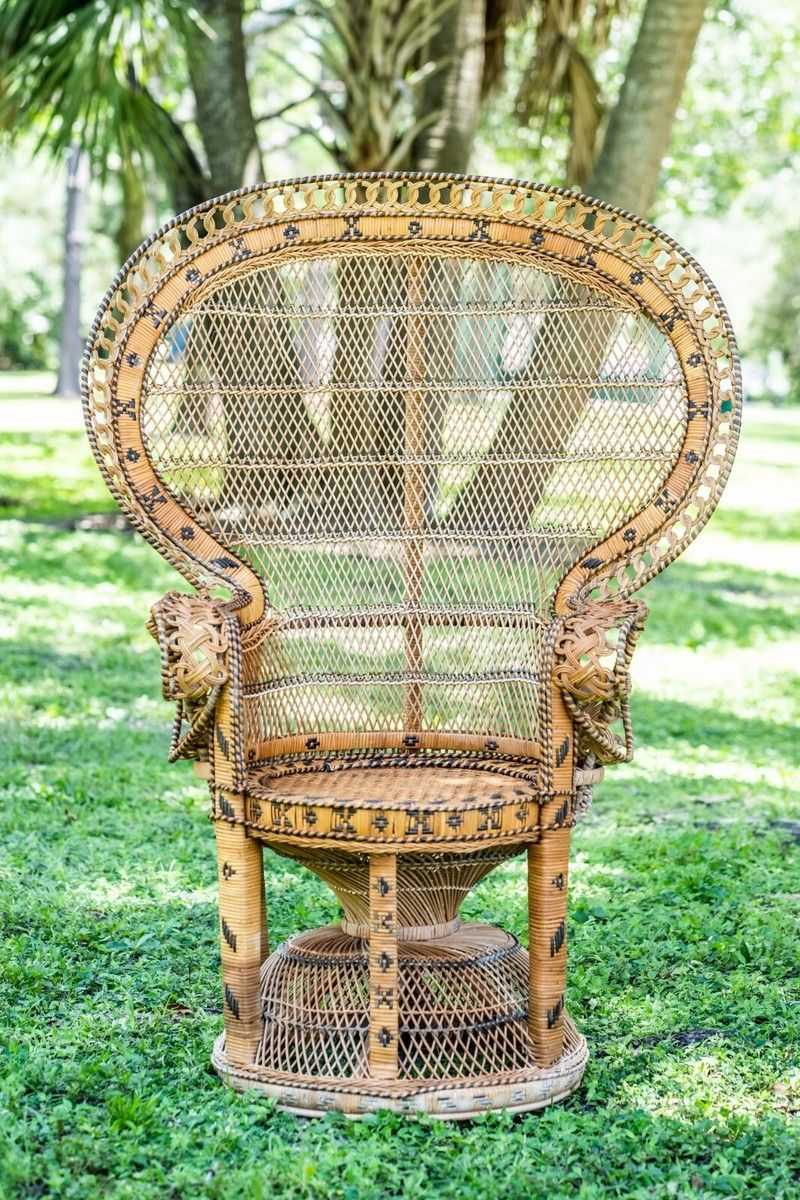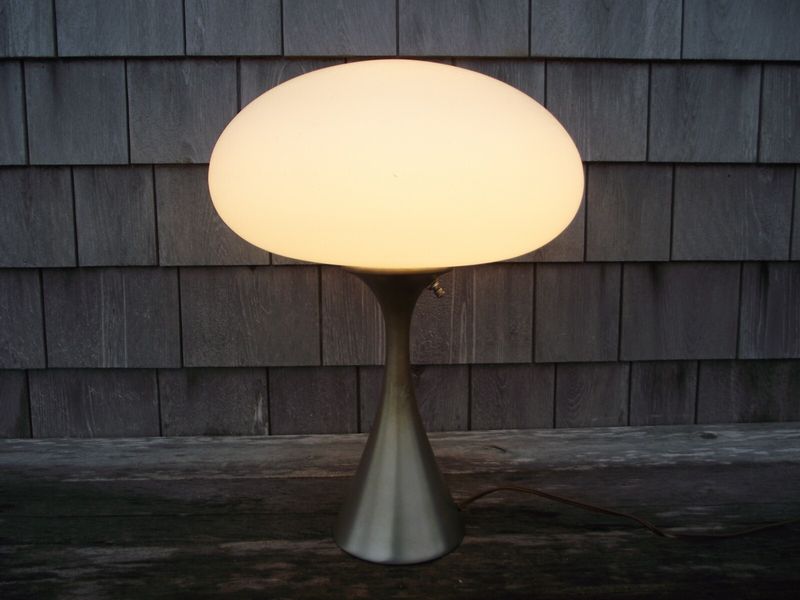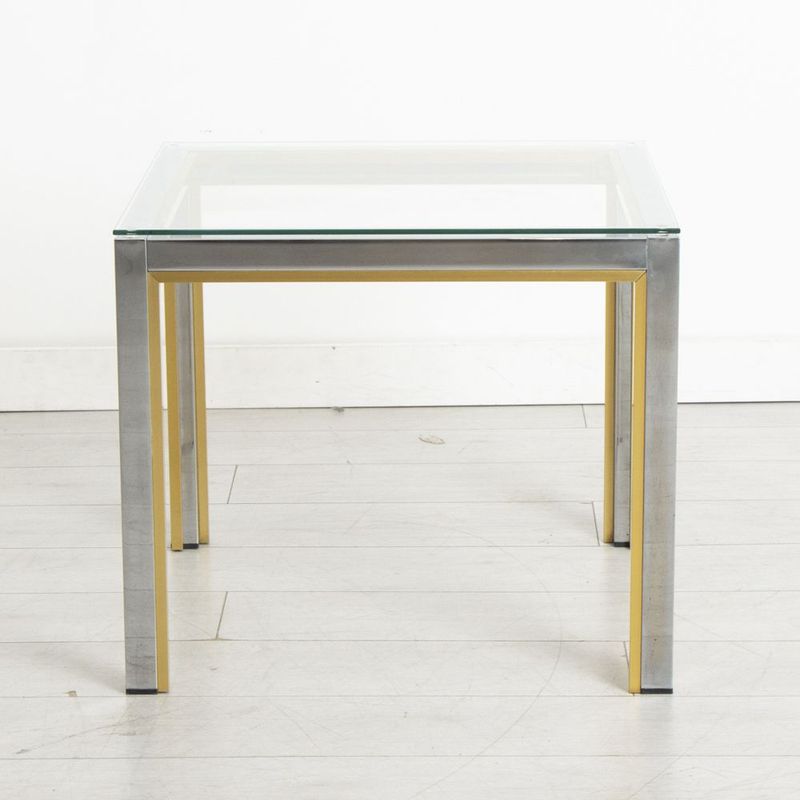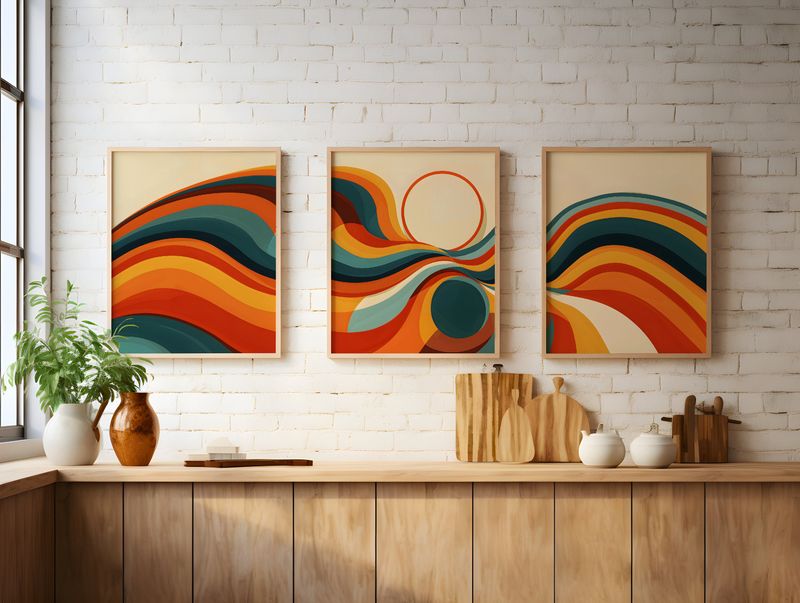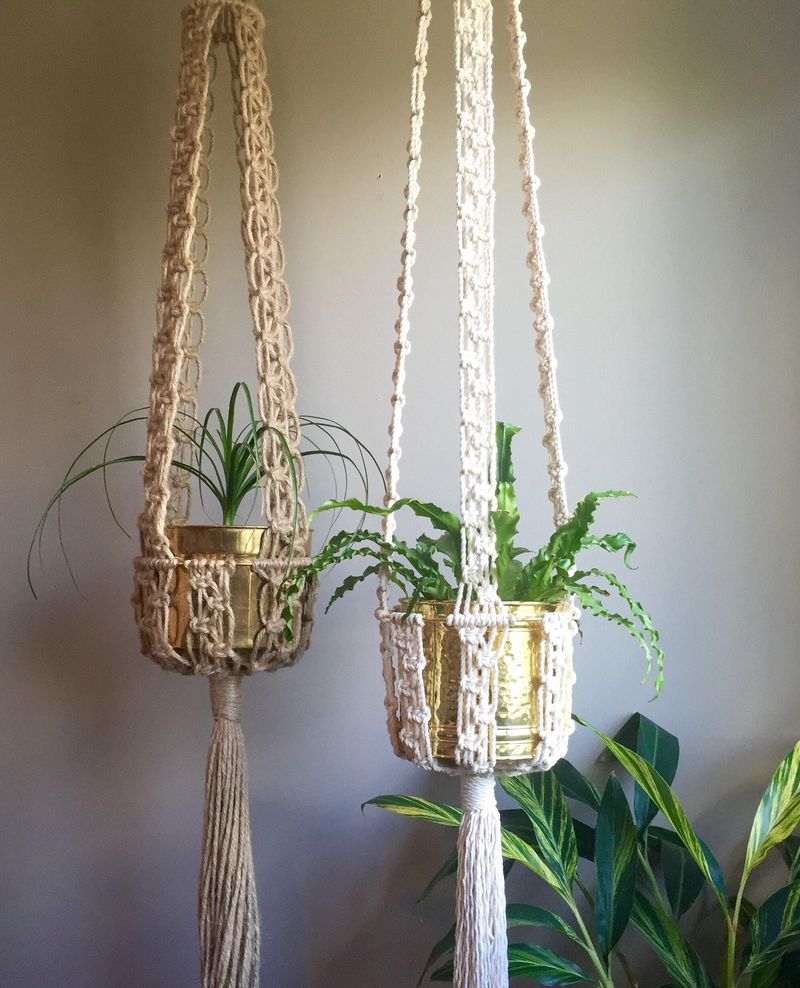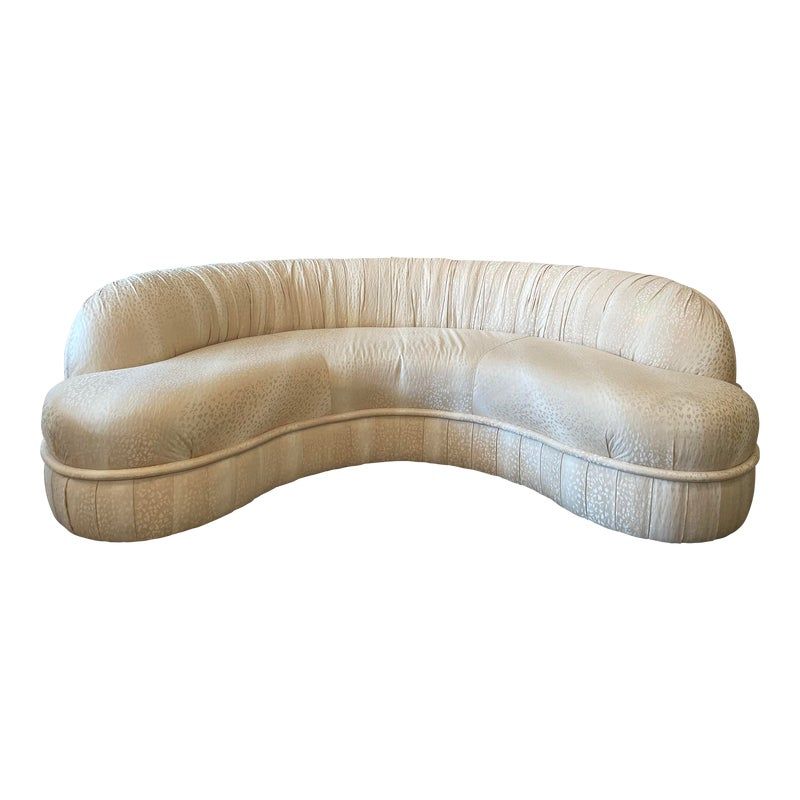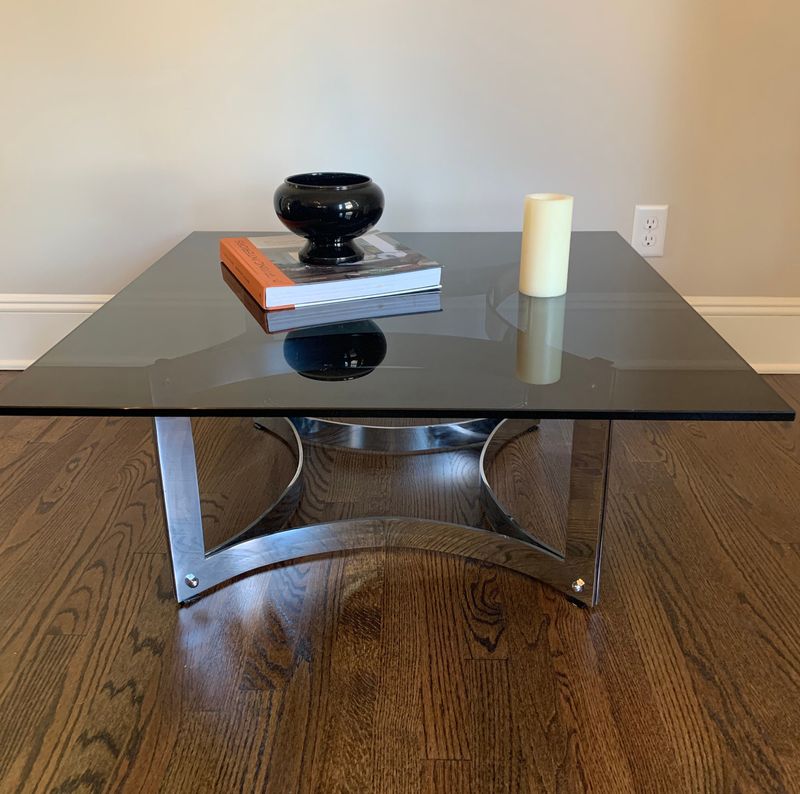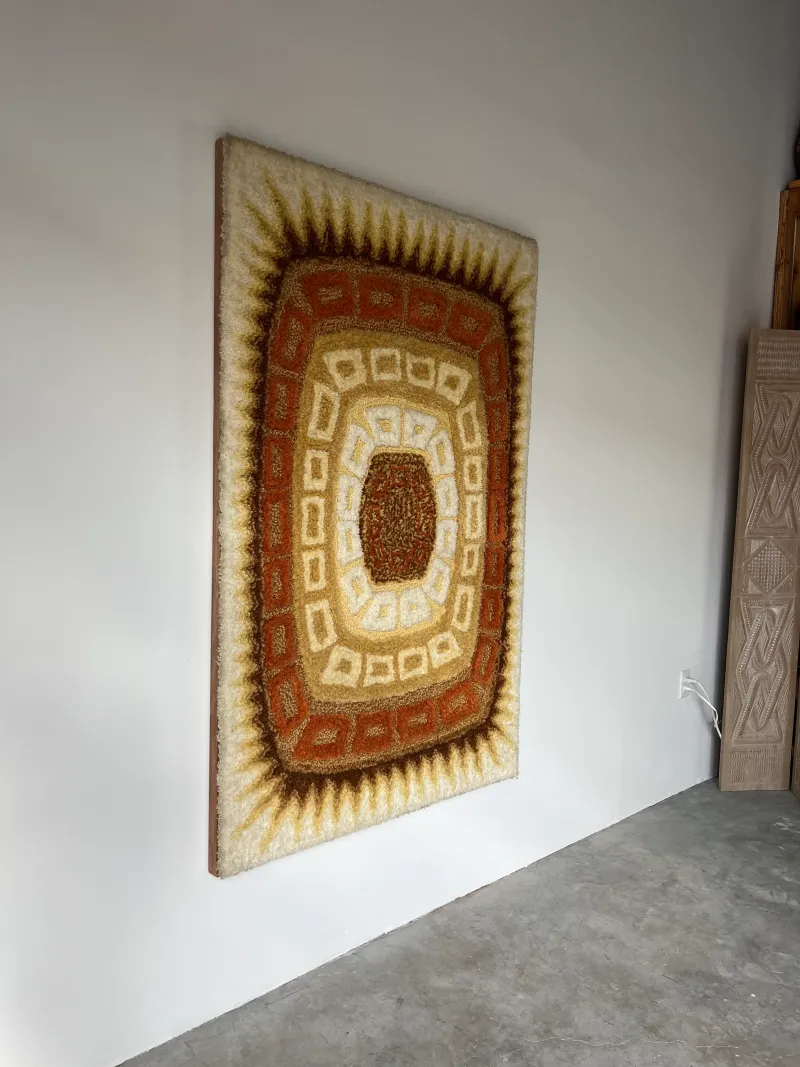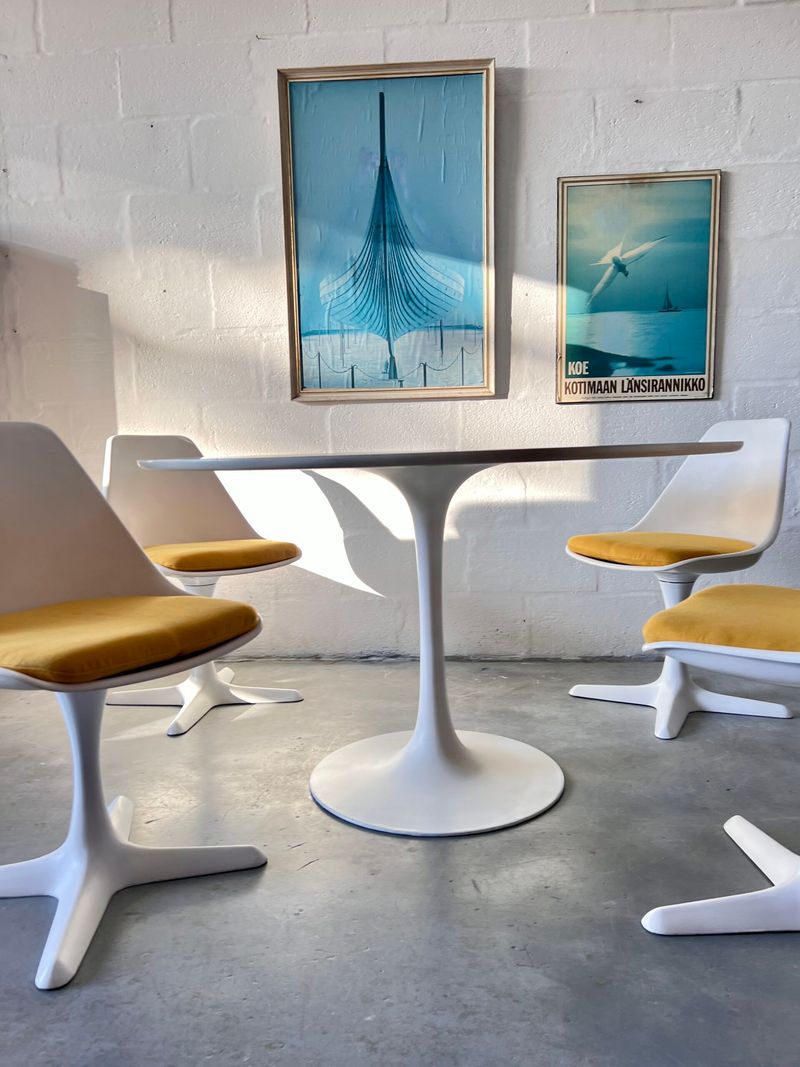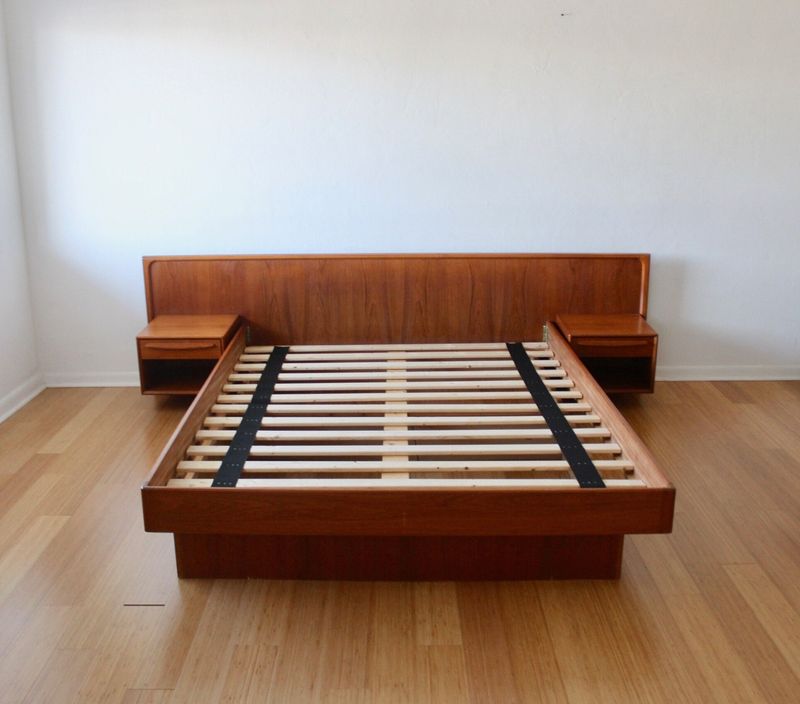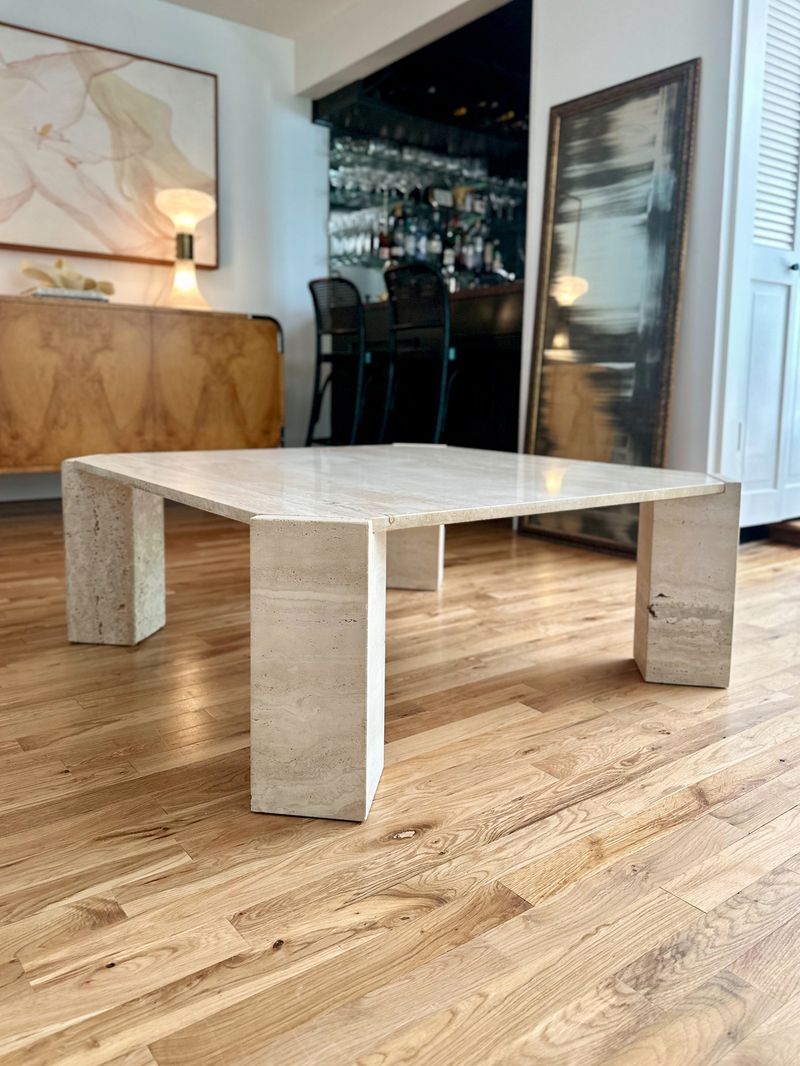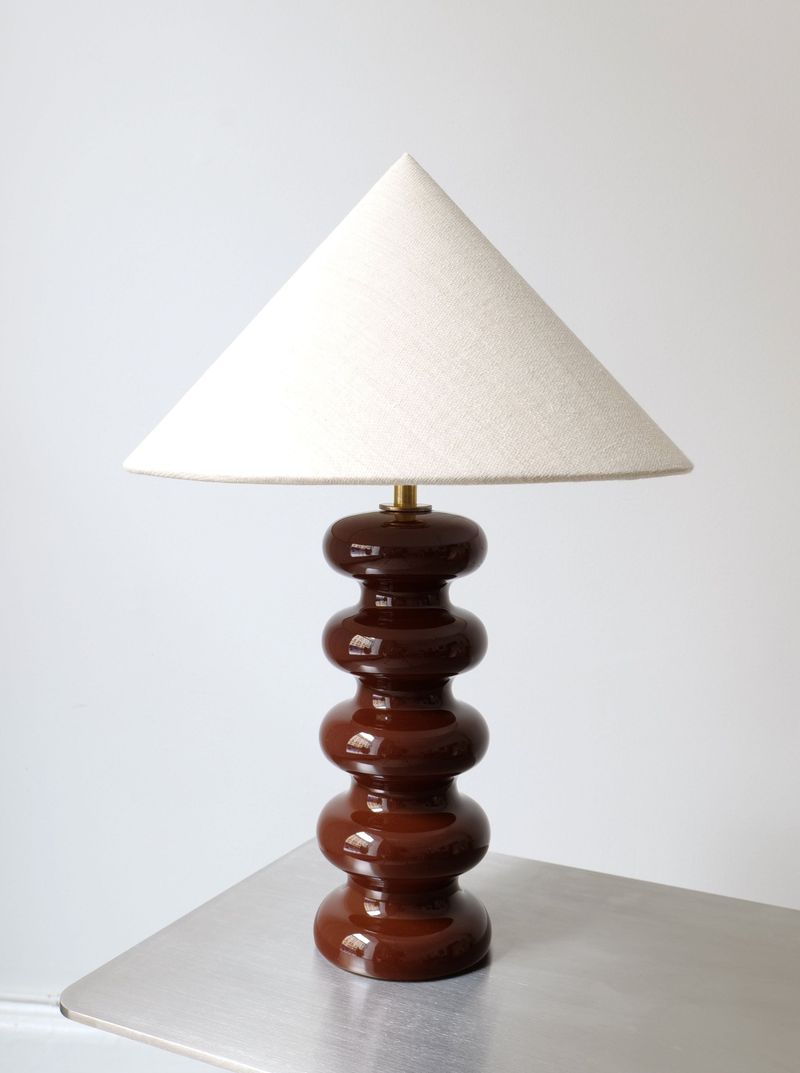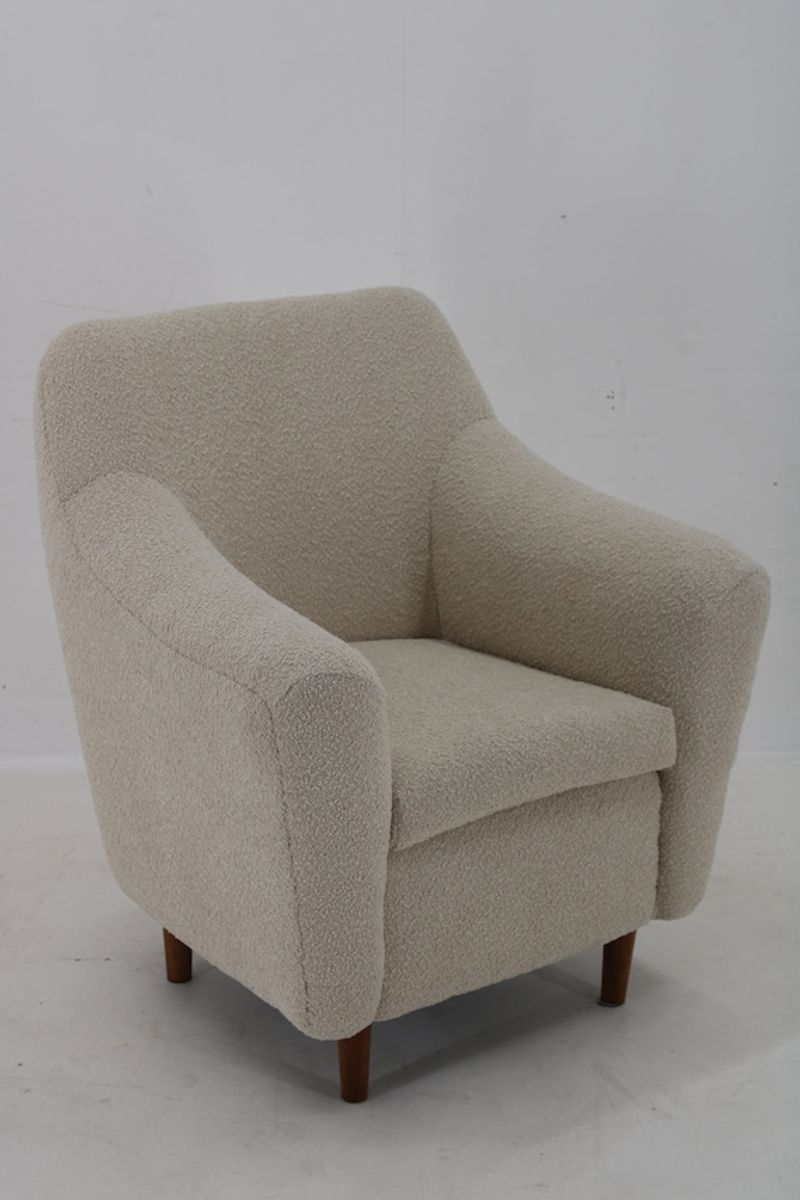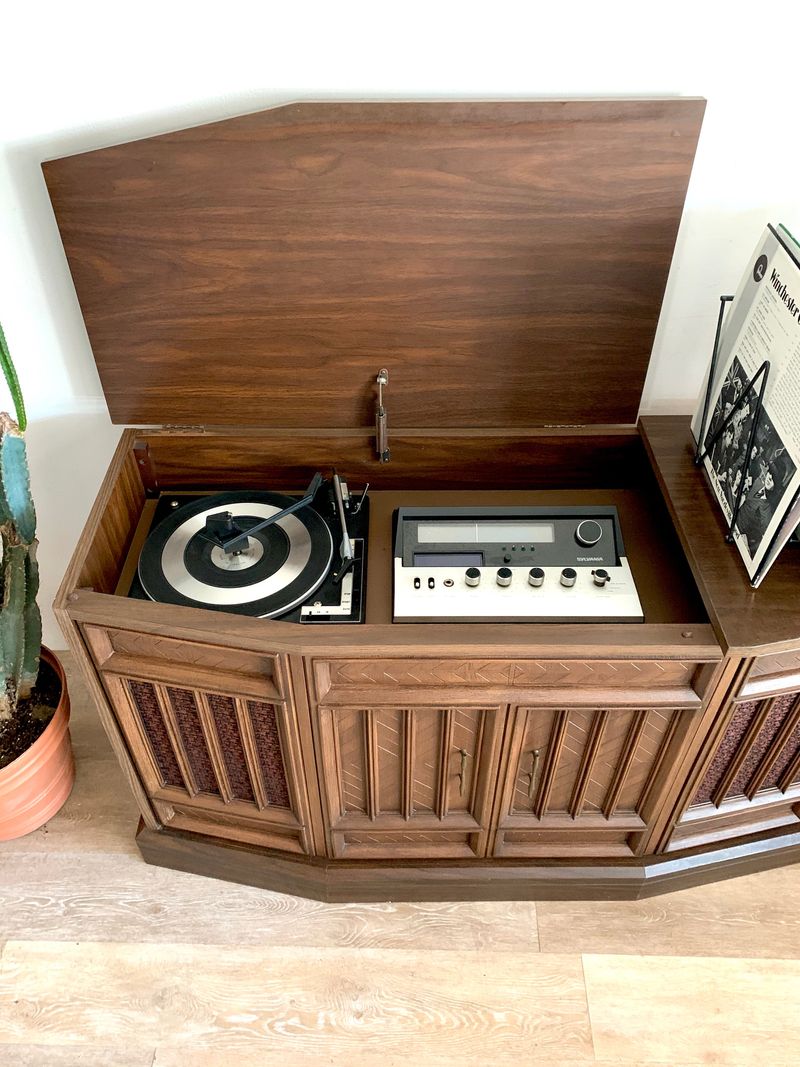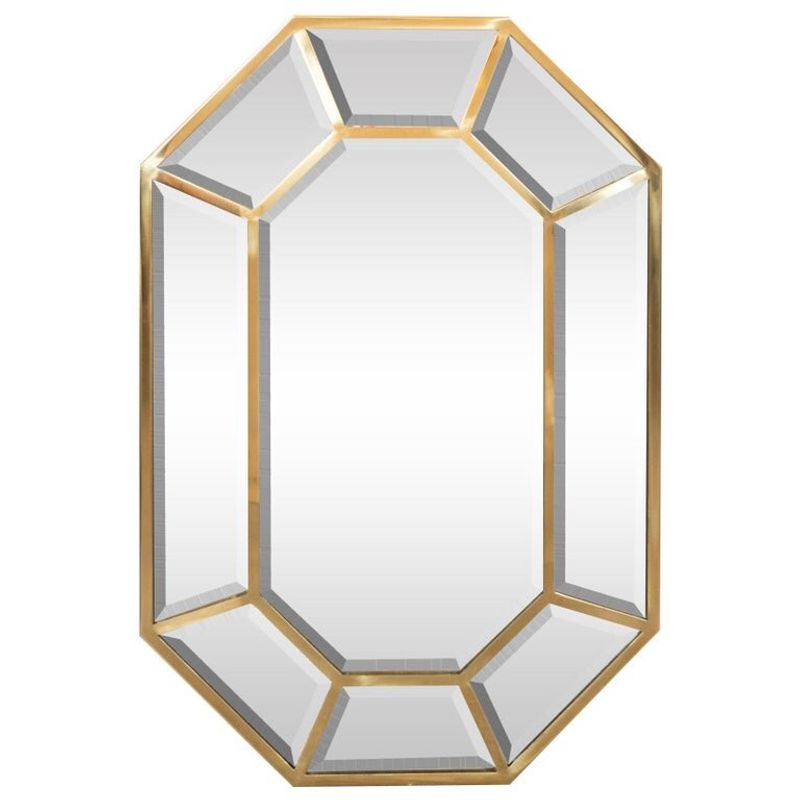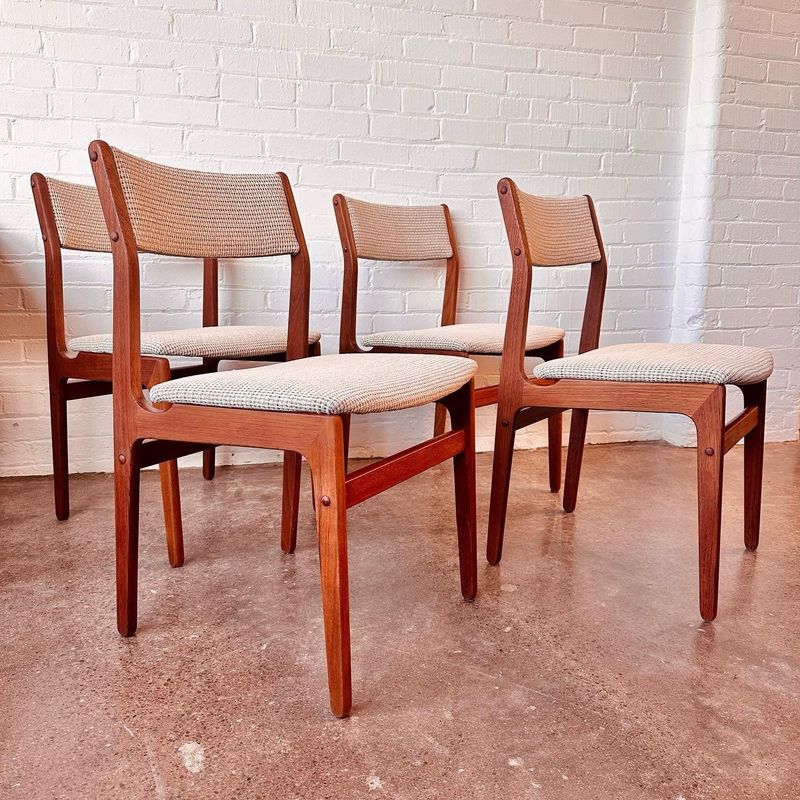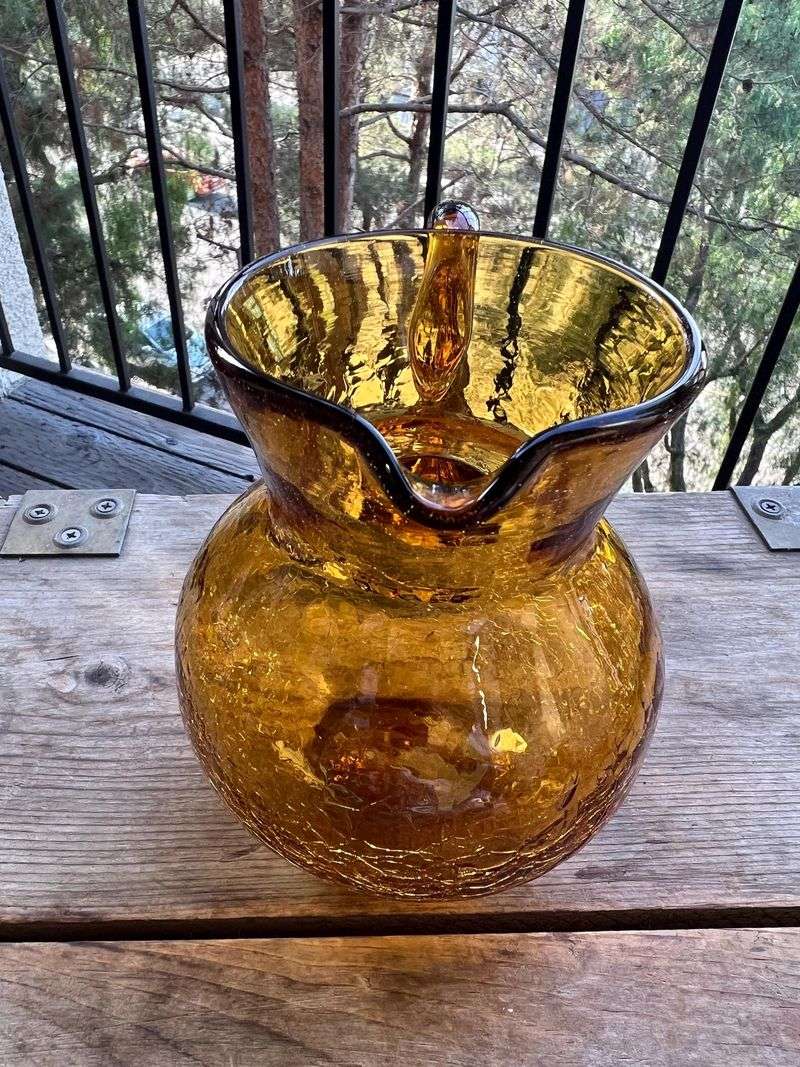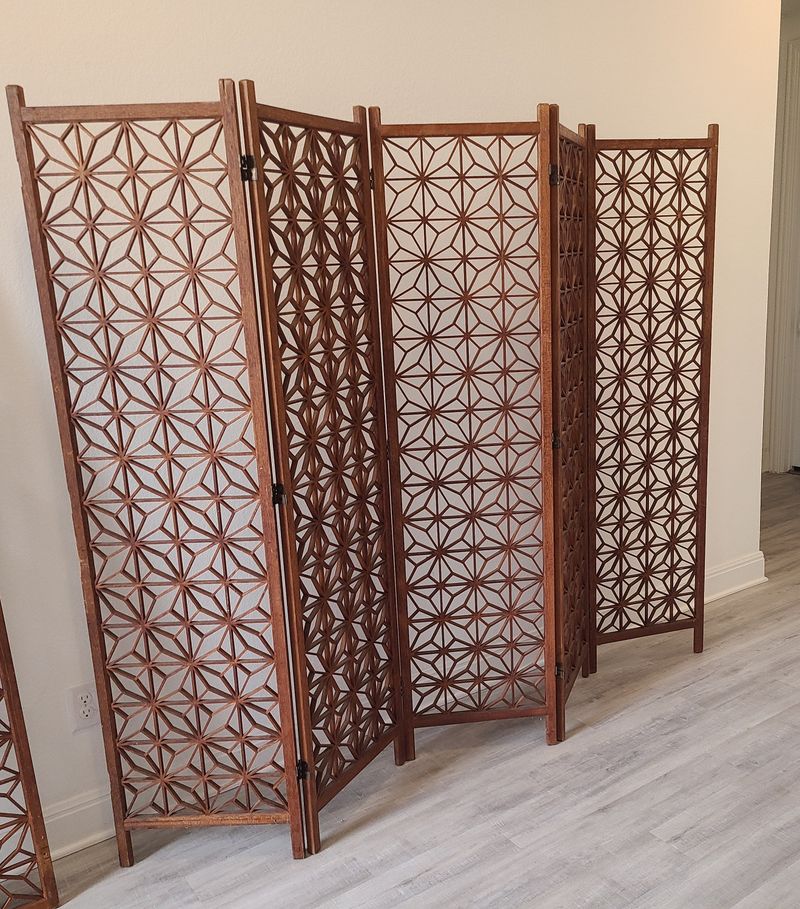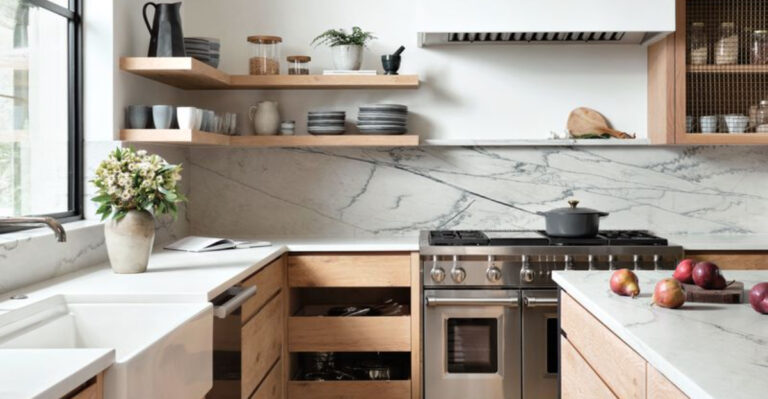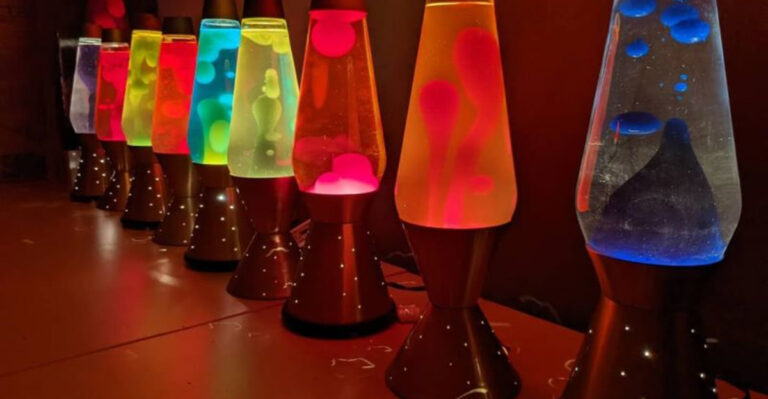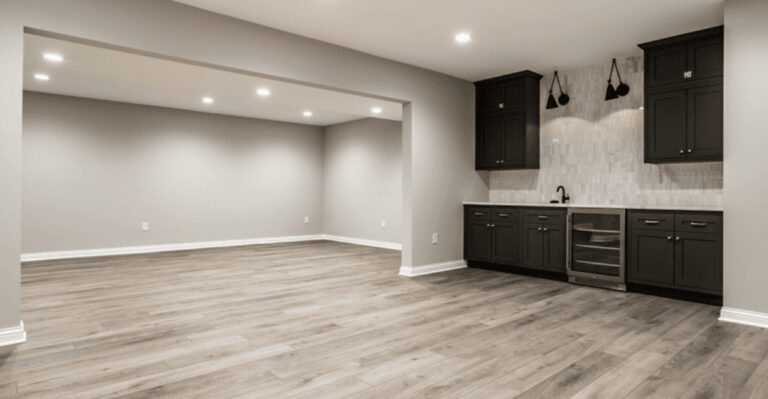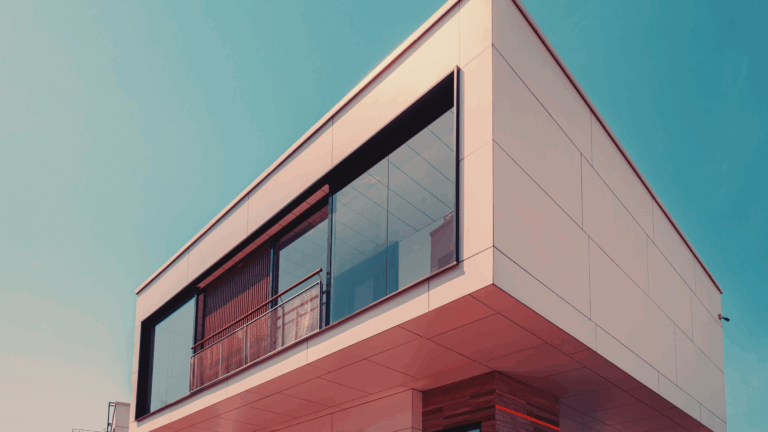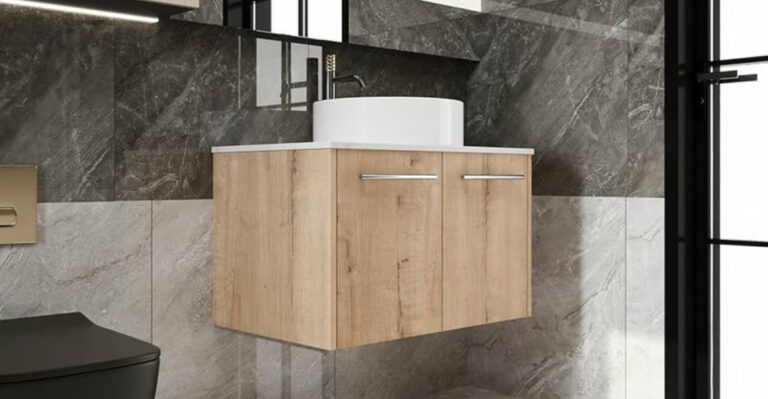20 Ways To Thrift A 1970s Furniture Aesthetic Without It Looking Kitschy
The 1970s gave us bold patterns, warm colors, and funky shapes that are making a major comeback in home decor.
Finding authentic pieces without turning your living room into a time capsule can be tricky though.
With a few smart shopping strategies and styling tips, you can bring that groovy 70s vibe into your modern space while keeping it sophisticated and fresh.
1. Focus on Clean-Lined Wooden Pieces
Forget the overstuffed velvet sofas! Sleek wooden furniture with minimal ornamentation offers the perfect foundation for a 70s-inspired space. When browsing thrift stores, keep an eye out for teak, walnut, or rosewood items with tapered legs and geometric shapes.
The beauty of these pieces lies in their versatility – they reference the era without screaming “disco fever.” A simple sideboard or coffee table can anchor your room with vintage charm while still feeling current.
2. Embrace Earthy Ceramics
Nothing says 1970s quite like handcrafted pottery in earthy tones. While hunting through thrift shops, look for stoneware pieces featuring organic shapes and natural glazes in amber, rust, olive, and chocolate brown.
What makes these items special is their handmade quality. Group several pieces together on a shelf or mantel for maximum impact without overwhelming the space. Even a single statement vase can infuse that perfect touch of 70s warmth.
3. Hunt for Rattan and Wicker
Rattan furniture remains one of the most recognizable elements of 70s decor. When you spot peacock chairs or woven side tables, consider how they might blend with your existing pieces before bringing them home.
The key to incorporating these naturally textured items lies in moderation. A single rattan accent chair or pendant lamp can introduce the boho-70s vibe without going overboard. The airy quality of these pieces keeps spaces feeling light rather than dated.
4. Seek Out Statement Lighting
Lighting from the 70s often featured bold forms that now function as sculptural art pieces. Keep your eyes peeled for mushroom lamps, globe pendants, or chrome floor lamps with adjustable arms during your thrift store adventures.
You’d be surprised how a single vintage lamp can transform an otherwise contemporary space. The trick is finding pieces with clean silhouettes that speak to the era without overwhelming your room. Many of these designs have become classics that transcend their decade.
5. Look for Chrome and Brass Accents
Metal details add that perfect touch of 70s glamour without going full disco. While browsing thrift shops, watch for small accent pieces like magazine racks, side tables with metal frames, or decorative objects with brass or chrome finishes.
Unlike the heavy gold tones popular in other decades, the metallic elements of the 70s had a more streamlined quality. Integrating just a few of these reflective accents creates subtle nods to the era while maintaining a contemporary feel throughout your space.
6. Choose Abstract Art and Textile Wall Hangings
Thrift stores are goldmines for affordable vintage art that captures the 70s aesthetic. Look beyond the velvet paintings to find abstract prints, geometric patterns, or textile wall hangings that reference the era’s artistic sensibilities.
The beauty of vintage art is its ability to add instant character to your walls. Many pieces from this period feature warm color palettes that complement modern spaces perfectly.
7. Mix in Macramé Selectively
Before you roll your eyes at macramé, consider how this iconic 70s craft has evolved. Rather than covering every wall with knotted creations, select one quality vintage piece to serve as a focal point. Macramé plant hangers remain particularly versatile and practical.
When paired with contemporary pots and healthy plants, these textured elements add warmth without overwhelming your space. The natural fibers complement many design styles while subtly referencing their groovy origins.
8. Incorporate Curved and Modular Seating
Among the most coveted 70s finds are curved sofas and modular seating systems. If you stumble upon these gems, consider reupholstering them in contemporary fabrics to maintain their architectural appeal while updating their look.
The sinuous lines of these pieces create natural conversation areas and add organic flow to rectangular rooms. Even a small curved bench or ottoman can introduce this distinctive 70s element without dominating your space. These sculptural forms have become design classics for good reason.
9. Select Smoked Glass Pieces
Among thrift store treasures, smoked glass furniture represents quintessential 70s sophistication. Tables, shelving units, and decorative objects in this distinctive material add depth without visual heaviness. What makes these pieces special today is their ability to blend with nearly any style.
The slightly tinted surface adds mystery while maintaining transparency. When paired with contemporary elements, these vintage finds feel intentional rather than dated.
10. Reframe Vintage Textiles as Art
Hidden among thrift store linens are geometric patterned tablecloths, scarves, and fabric remnants from the 70s era. Instead of using these as intended, consider framing smaller pieces or stretching larger textiles on canvas frames as wall art.
The distinctive patterns and color combinations instantly evoke the period without overwhelming your space. By elevating these textiles to art status, you transform potentially kitschy items into sophisticated design elements.
11. Find Tulip-Based Tables and Chairs
Lucky thrifters occasionally stumble upon tulip-based furniture – those iconic pieces with single pedestal bases that flare out like flower stems. When you spot these treasures, grab them quickly as they’ve become highly sought-after.
The beauty of these designs lies in their timeless quality. Though popularized in the 70s, they feel perpetually modern. A small tulip side table or set of dining chairs can introduce that retro silhouette without overwhelming your space.
12. Look for Low-Profile Platform Beds
Your bedroom deserves some 70s love too! Platform beds with integrated nightstands or storage compartments epitomize the era’s approach to functional design.
These low-profile pieces create a grounded, relaxed atmosphere. What makes these beds relevant today is their minimalist aesthetic and space-saving features. Many contemporary designers draw inspiration from these vintage forms.
13. Incorporate Travertine and Stone
Among the most sophisticated 70s materials was travertine – that distinctive cream-colored stone with natural pitting. Tables, lamps, and decorative objects in this material have made a major comeback in contemporary design.
The organic texture and neutral coloration of these pieces allow them to blend seamlessly with modern interiors. A travertine coffee table or lamp base adds natural elegance without screaming “retro.”
14. Scout for Sculptural Table Lamps
Lighting is where 70s design really shines! Ceramic lamps with geometric bases or sculptural forms in earthy glazes make perfect statement pieces for any room. Their artistic quality elevates them beyond mere lighting fixtures.
The substantial forms add visual weight to side tables and credenzas. Even the most distinctive shapes can integrate beautifully when balanced with more subdued elements throughout your space.
15. Add Texture with Bouclé and Textured Fabrics
Before velvet and shag dominated the late 70s, more subtle textured fabrics like bouclé were hugely popular. When reupholstering vintage pieces, consider these nubby textiles in neutral tones for a sophisticated nod to the era.
The tactile quality of these fabrics adds warmth without overwhelming your space. A single bouclé accent chair or ottoman introduces texture while maintaining visual calm. Today’s versions often feature more refined weaves that reference the period while feeling thoroughly contemporary.
16. Display Authentic Record Players and Vinyl
Music was central to 70s culture, making vintage audio equipment both functional and decorative. A restored record player on a credenza creates an instant conversation piece while actually enhancing your lifestyle.
Unlike purely decorative items, these pieces serve a purpose in your home. The warm sound of vinyl perfectly complements the organic feeling of 70s-inspired interiors. The album covers themselves can function as rotating art displays that capture the graphic design sensibilities of the era.
17. Incorporate Geometric Mirrors
Mirrors from the 70s often featured distinctive shapes and frames that now function as statement wall art. Hexagonal, sunburst, or segmented designs add instant character while performing the practical function of reflecting light.
Their architectural quality creates focal points on otherwise plain walls.
18. Look for Authentic Danish Modern Pieces
Though Danish Modern design peaked earlier, many exceptional pieces were still produced throughout the 70s. These items feature clean lines, warm woods, and exceptional craftsmanship that transcends trends.
The beauty of these designs lies in their timeless quality. A Danish teak dining table or set of chairs integrates seamlessly with contemporary interiors. The warm wood tones and human-centered proportions create inviting spaces that reference the 70s without feeling dated or theme-y.
19. Collect Handblown Glass Objects
Colored glass had a major moment in the 70s, from amber glassware to blue bottles and multicolored art glass. These translucent treasures catch light beautifully and add subtle color without overwhelming your space.
Grouping similar colors together creates more impact than scattering individual pieces. A collection of amber glass vessels on a windowsill or shelf brings that distinctive 70s warmth while maintaining a curated feel. The organic forms and natural variations speak to the handcrafted aesthetic of the era.
20. Incorporate Geometric Room Dividers
Among the most architectural 70s elements were freestanding room dividers with geometric patterns. These functional sculptures defined spaces while maintaining openness – perfect for today’s open-concept homes.
Modern versions can be created by refinishing vintage finds in contemporary colors. A wood or metal divider in a simple finish adds structure without heaviness. These pieces work particularly well in studio apartments or large rooms that need subtle zone definition without permanent walls.

